Steve Jobs wasn’t always with Apple. He made the best of his time at NeXT – including the logo.
Steve Jobs had his idiosyncrasies, no question. For example, when he was asked for an autograph at the beginning of his career, he declined with a signed letter – at least he had a sense of humor. He also always thought meetings were a waste of time.
It could be argued that some of these quirks have made him one of the most successful people in tech history.
But some things can still be described as unusual even today. After he left Apple around 30 years ago, he founded the company NeXT. The logo for this company cost him $100,000. An investment that could still be questioned today.
$100,000 for a design
In a book that Paul Rand gave to Steve Jobs, the designer described his creative process. (Image: Applesfera.com)
Suppose you are starting a company and need a modern, meaningful logo. How much would you want to spend? 100 euros? A few thousand? Nothing at all?
Steve Jobs apparently had a $100,000 budget for his company’s NeXT logo.
What’s so special about it? Large companies (or those who want to become one) pay a lot of money for a logo, which in itself is nothing new. The British broadcaster BBC, for example, paid 1.8 million euros for its logo.
But the circumstances of the logo deal are what make the story so extraordinary. Steve Jobs paid $100,000 for a single draft without seeing the logo first.
One designer, one design
(Bild: Applesfera.com)
The only designer Jobs approached for the logo was Paul Rand. Having made a name for himself with the IBM, Ford and ABC logos many years earlier, he explains his philosophy:
“Ideally, a logo should explain or suggest the company it symbolizes, but that’s rarely possible or even necessary. The IBM symbol, for example, says nothing about computers other than what the viewer reads in them. Stripes are associated with computers today because the initials of a major computer company have stripes. The same applies to the ABC symbol, which does not indicate television. The mnemonic factors in both logos are graphic devices: stripes and circles. In this example, the “e” is the recall factor.”
The NeXT logo should now look significantly different. (Image: Applesfera.com)
How did the $100,000 order come about? Steve Jobs was impressed by Paul Rand’s professionalism. When Jobs asked him if he could think of a few options for a logo, he got a straight answer: »No, I solve the problem for you and you pay me«.
So Rand only designed one logo. However, it was irrelevant to him whether Jobs ended up using the logo. This clarity in their relationship was refreshing to the Apple founder and made him agree.
When NeXT hired Paul Rand to design their logo, he gave Jobs a 100-page book that explains step-by-step the entire creative process that led to his final design.
“It typically takes 10 years and $100 million to attach a symbol to a company’s name. Paul solved the problem by making us this little gem that already had the company’s name on it. He approached it as a problem that needed solving, not as an artistic challenge for his own good.”
– Steve Jobs, 1993
So, in Steve Jobs’ eyes, $100,000 was an absolute bargain.
Variations on the final NeXT logo.
Was it worth? Aesthetics is known to be a matter of taste. The logo may not be very modern anymore, but it was something new back then. According to Steve Jobs, the purpose of a logo is to symbolize the company and indicate what is behind it.
Given that NeXT was acquired by Apple just a few years after it was founded, it’s safe to assume it’s served its purpose – but not just in terms of profitability.
Personal significance for Steve Jobs
In an interview from 1993 it is clear that Jobs had great respect for Paul Rand and his work. When asked what it’s like to work with him, he says with a chuckle:
“Paul is a gem. […] I find him extremely smart and really… He has a heart of gold. […] When I think of Paul, I think of kind of…something tough on the outside with a teddy bear inside. […] When you visit his house, which he designed himself, you realize what a deep thinker he is.«
You can watch the interview here:
Link to YouTube content
What do you think of the $100,000 deal? Would you blindly enter into such a trade? Would you have done the same if you had the wherewithal to spare? Do you think $100,000 is too much, too little, or just right for a company with potential billions in profits? As always, let us know what you think in the comments!
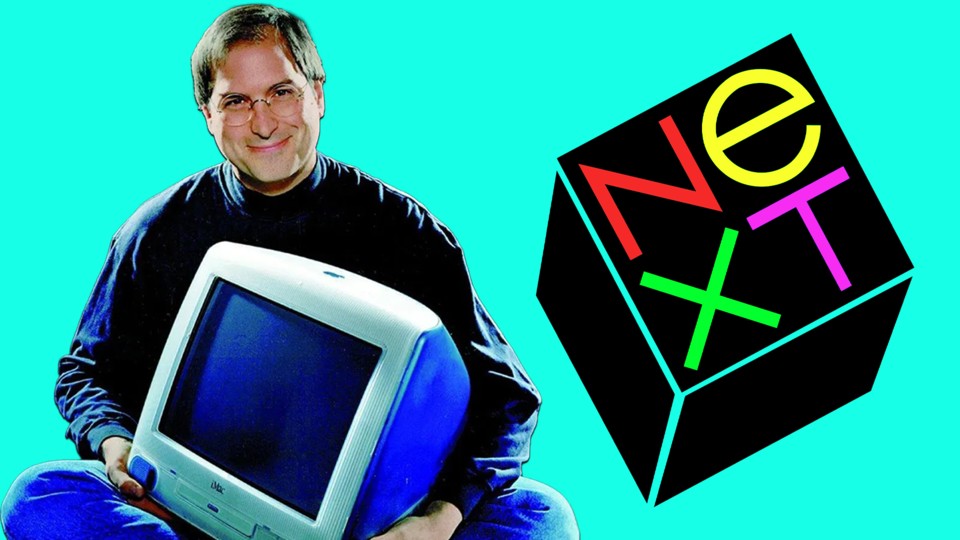
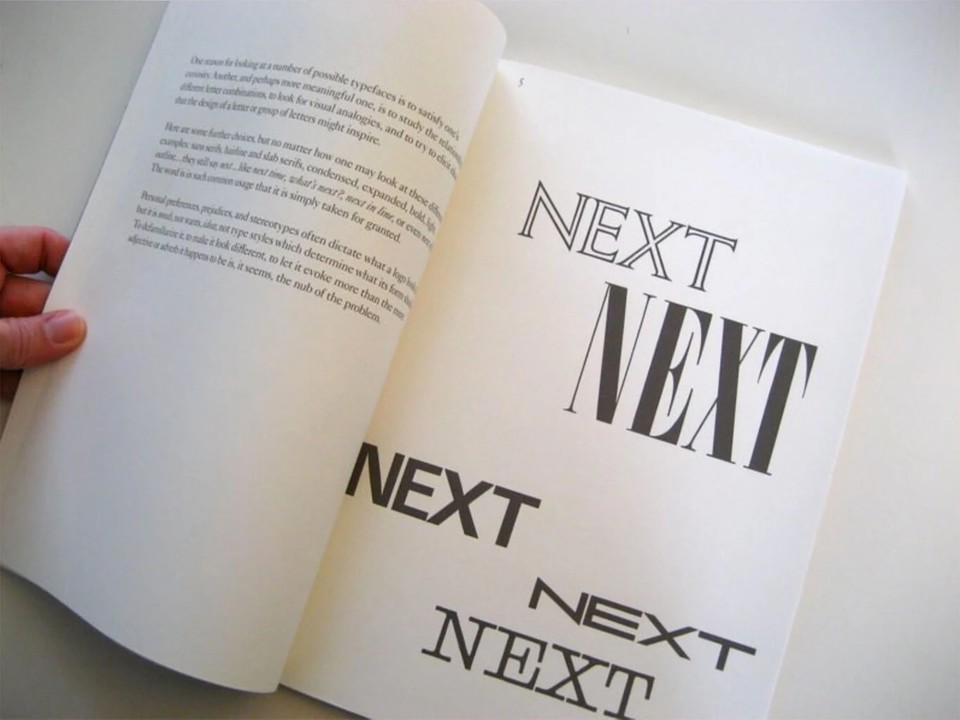
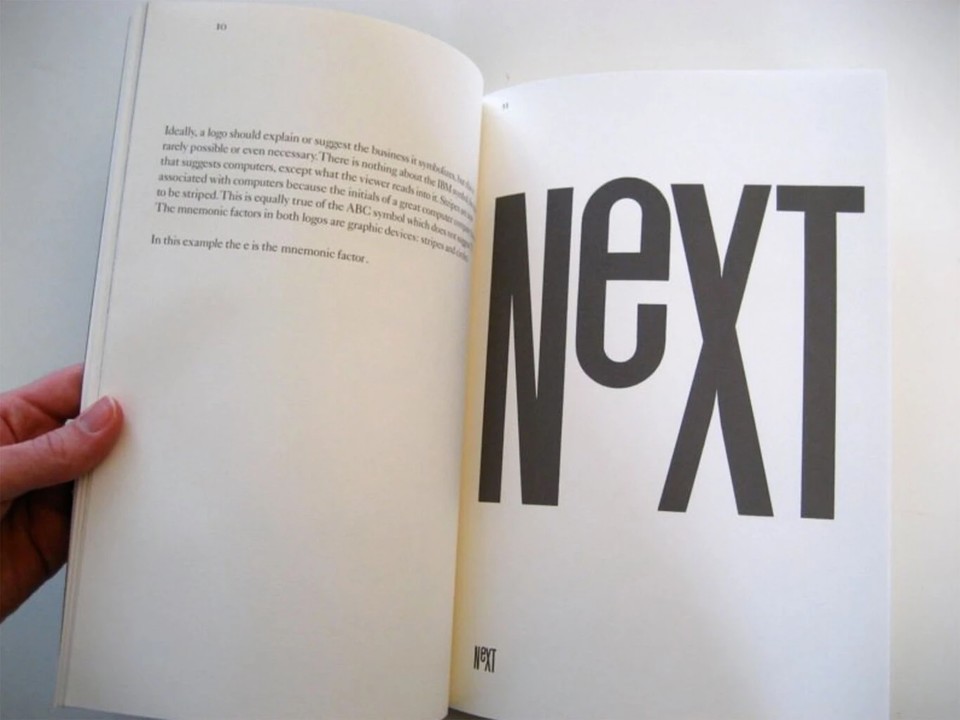
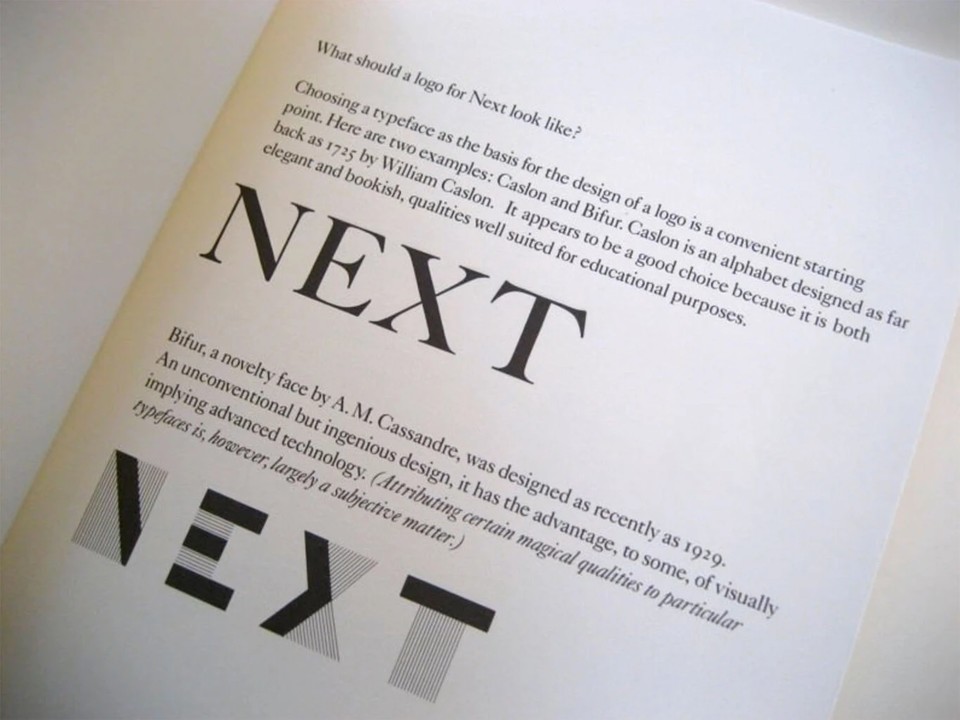
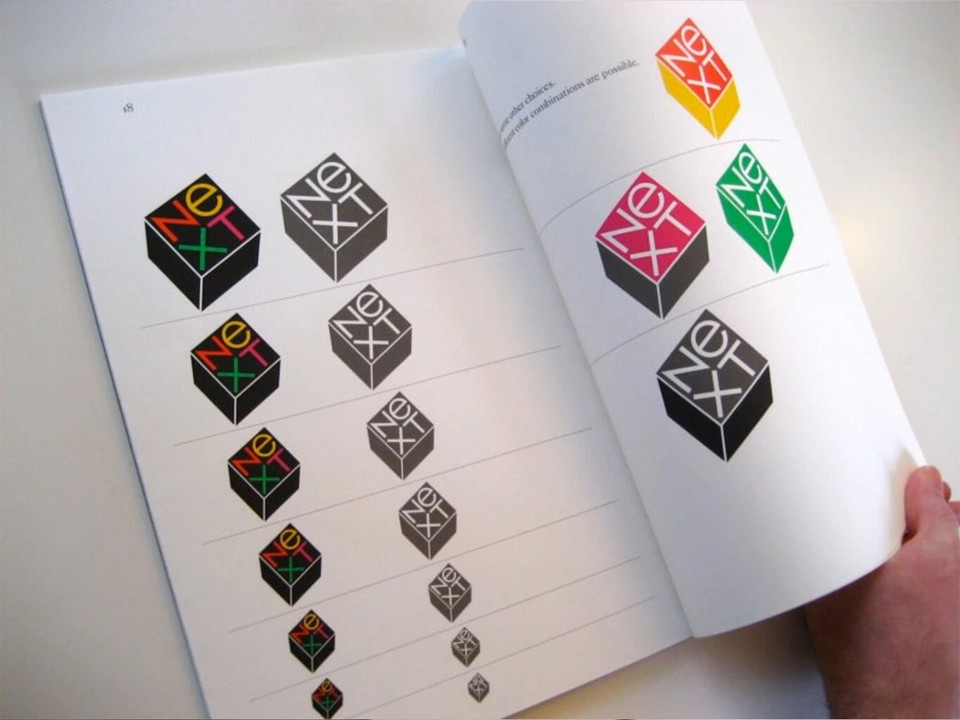

 What’s happening with AI? Researcher explains why you can look forward to more creative NPCs, competition for ChatGPT and hot dog tomatoes
What’s happening with AI? Researcher explains why you can look forward to more creative NPCs, competition for ChatGPT and hot dog tomatoes Cowboy launches new on-demand service: That’s what’s inside
Cowboy launches new on-demand service: That’s what’s inside The new 4K Fire TV stick is now brutally reduced and transforms your old television into a smart TV
The new 4K Fire TV stick is now brutally reduced and transforms your old television into a smart TV The best mouse I’ve ever had, convinces me for gaming, work and home office and is different than all its predecessors!
The best mouse I’ve ever had, convinces me for gaming, work and home office and is different than all its predecessors! The first smart glasses suitable for everyday use that you can buy
The first smart glasses suitable for everyday use that you can buy